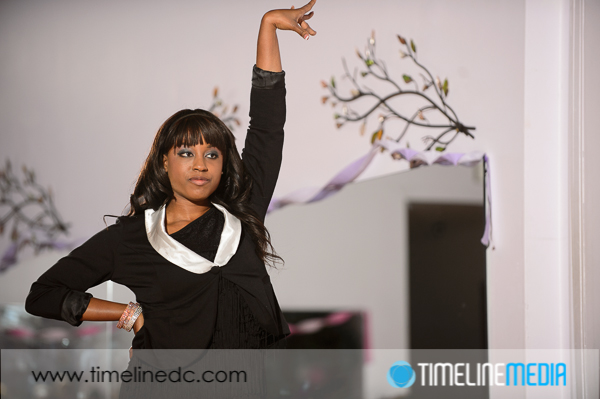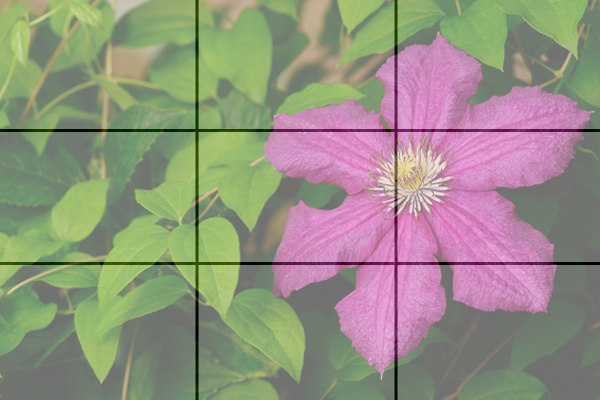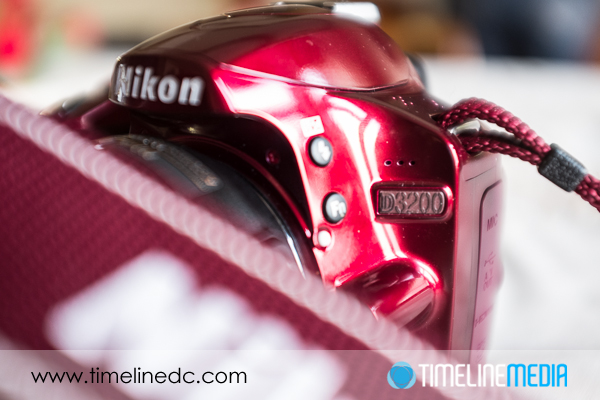
We just watched the new motion picture, “American Hustle” which was a movie heavily focused on character development, and character interaction. In movies, the examples of the rule of thirds is used during scenes of dialog, and other half or close up shots of the actor’s faces. When there is only one face on the screen at a time, the extra space that the other third of the frame gives the audience a space to place themselves, or to place the other character that is not on screen.
Having this space really places you in the scene making the viewer more engaged in the film. If this space was not there, it will be jarring to viewers, and will create a tension – like something is not right. This can be used as a compositional element too whether in still or motion pictures. In these photos, the subject is placed on a third, looking through the long side of the frame.
Event Photography
This composition will also work for landscape or still life photos. Placing objects along the grids or having objects “face” the open part of the frame creates a better composition. It works for many situations. Additionally, it can make a great starting point. When presented by a tricky scene try this to make your photos better with your new camera.
Frames Divided into Thirds
TimeLine Media – www.timelinedc.com
703-864-8208










